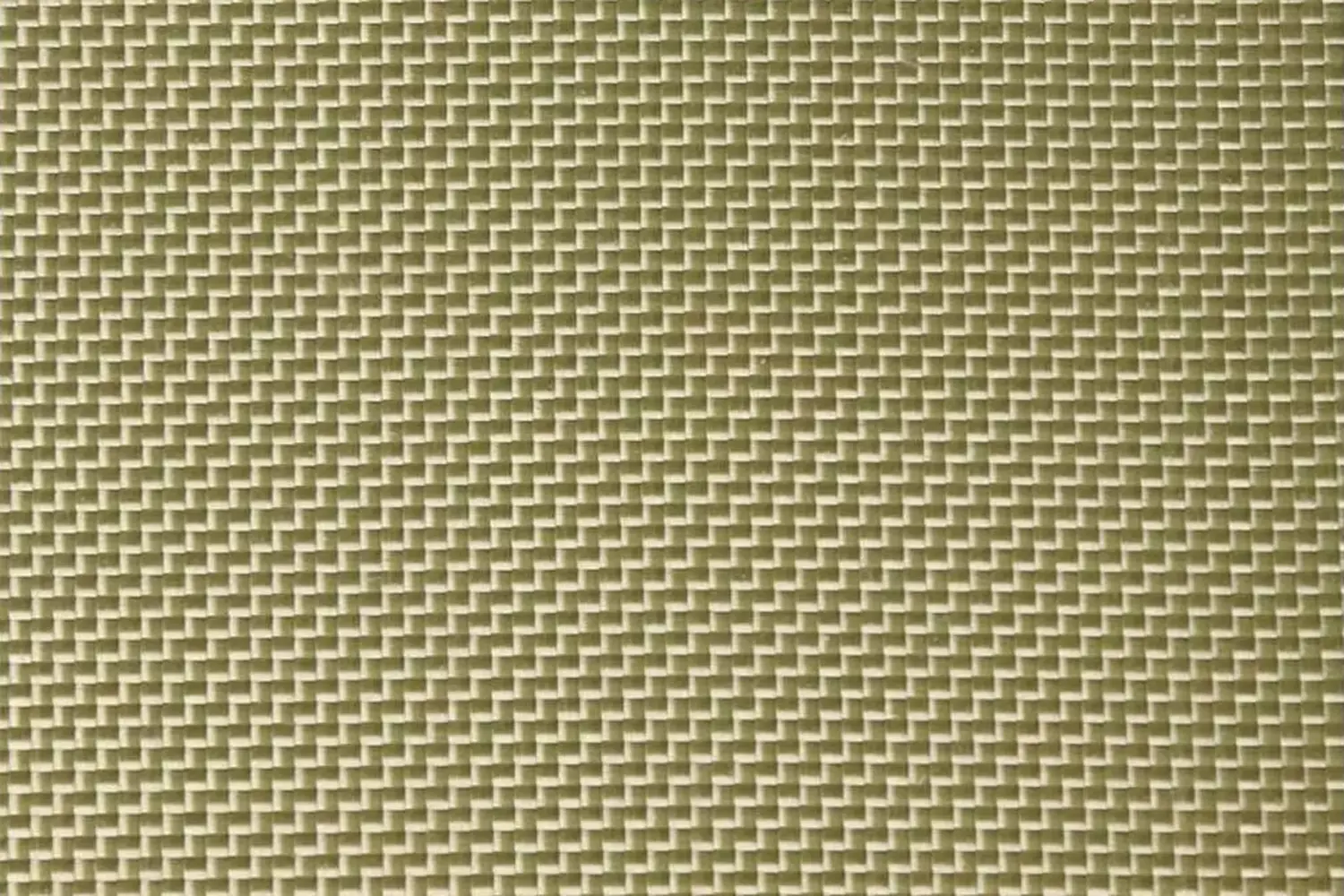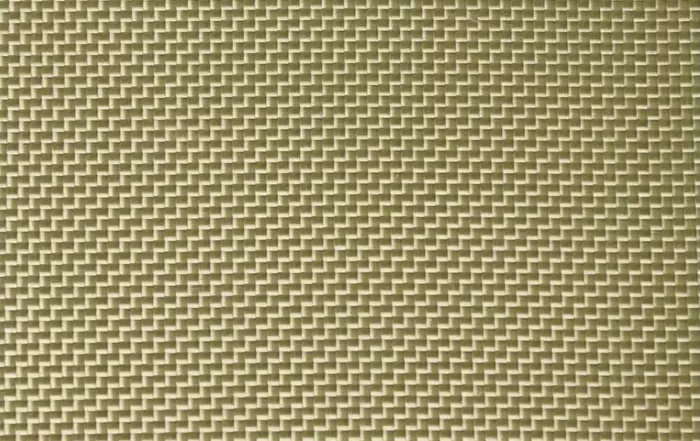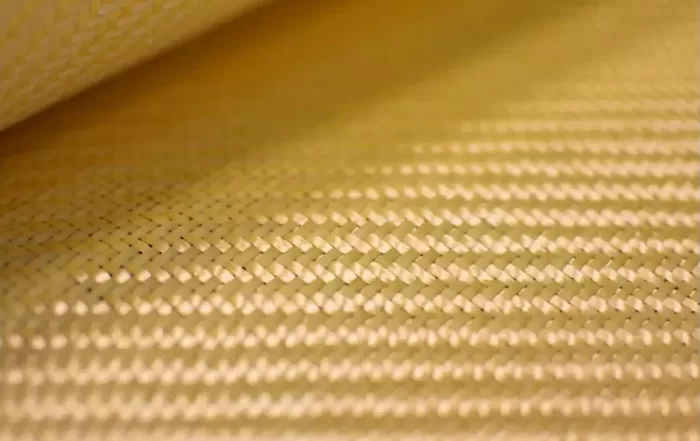Aramid fibers, introduced over half a century ago, continue to play a pivotal role in advancing protective fabric technology. These synthetic fibers, known for their exceptional strength and resistance to heat and chemicals, have become a cornerstone in the development of protective clothing for various high-risk industries.
Understanding Aramid Fibers
Aramid fibers, or aromatic polyamides, are categorized into para-aramids and meta-aramids. Para-aramids, exemplified by Kevlar®, are renowned for their extraordinary tensile strength, making them ideal for applications requiring high durability, such as military and aerospace. On the other hand, meta-aramids like Nomex® are celebrated for their outstanding heat and flame-resistant properties, crucial for firefighter gear and industrial safety clothing.
Versatile Applications Across Industries
The versatility of aramid fibers extends beyond the military and firefighting domains. In the petrochemical industry, these fibers are valued for their chemical resistance, providing essential protection against hazardous substances. Although other flame-retardant solutions are sometimes preferred in industries like metal and steel due to cost considerations, aramid fibers remain a top choice for their unparalleled protective qualities.
Advantages of Aramid Fiber
The key benefits of aramid fiber in protective fabrics are manifold:
- Exceptional Heat and Flame Resistance: Aramid fibers maintain their integrity in extreme temperatures, offering reliable protection in environments with high heat and flame exposure.
- High Chemical Resistance: These fibers provide robust defense against chemical splashes and flashover risks, enhancing safety in chemically hazardous settings.
- Lightweight Strength: Despite their low molecular weight, aramid fibers offer superior strength, allowing for the creation of protective fabrics that are both lightweight and highly effective.
Tailoring Protection to Specific Needs
The decision to use aramid fiber in protective clothing should be guided by the specific requirements of the work environment. While they offer top-tier protection for demanding applications like firefighting, alternatives may be more suitable for other scenarios where different factors like weight and cost are prioritized. Consulting with protective clothing experts can help in making an informed choice that balances safety with practical considerations.
Aramid fibers remain crucial in the evolution of protective fabrics. They provide unparalleled protection, durability, and adaptability in numerous high-risk industries. This ongoing usage highlights a dedication to safety and innovation in the design of protective clothing.








